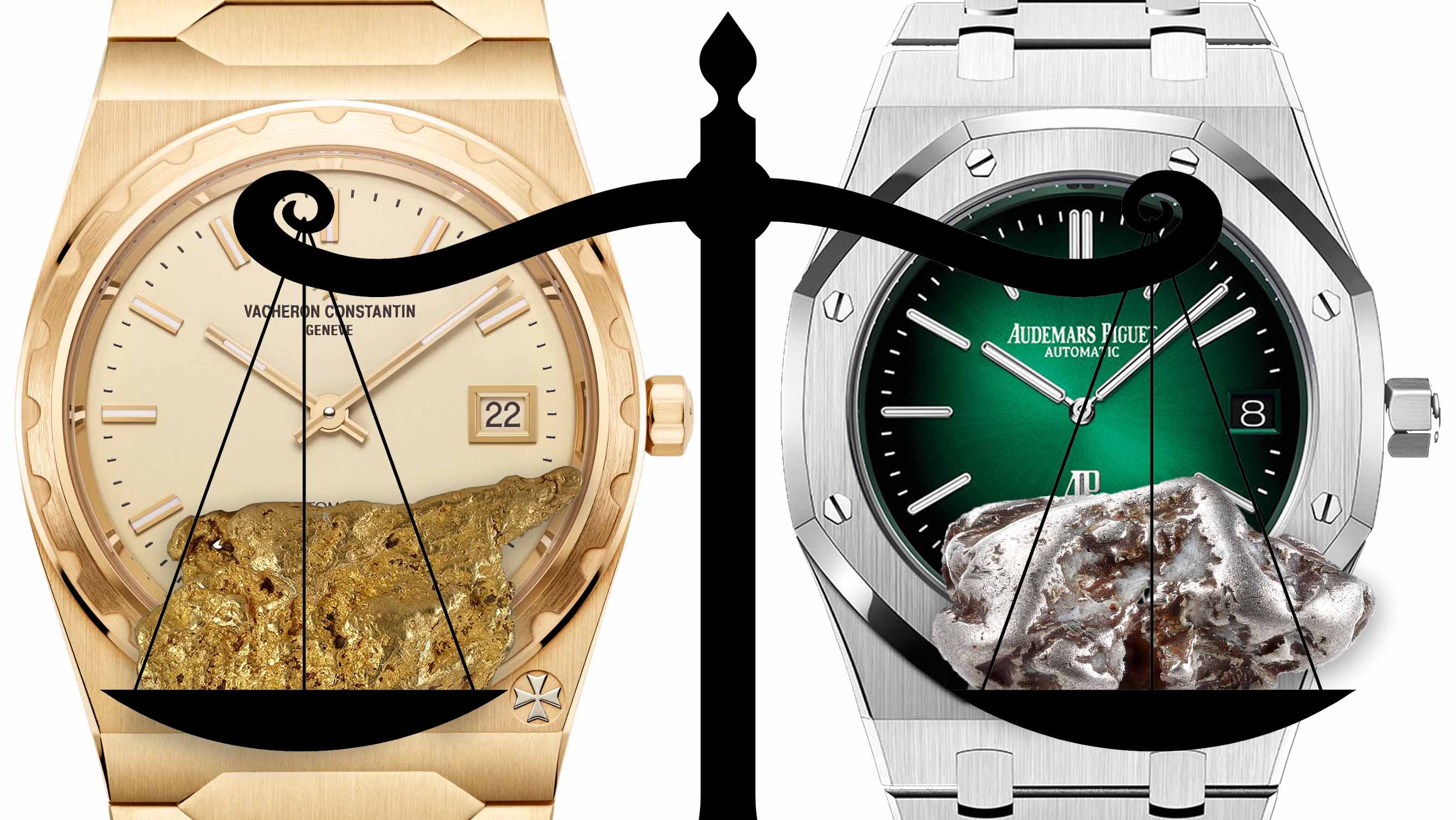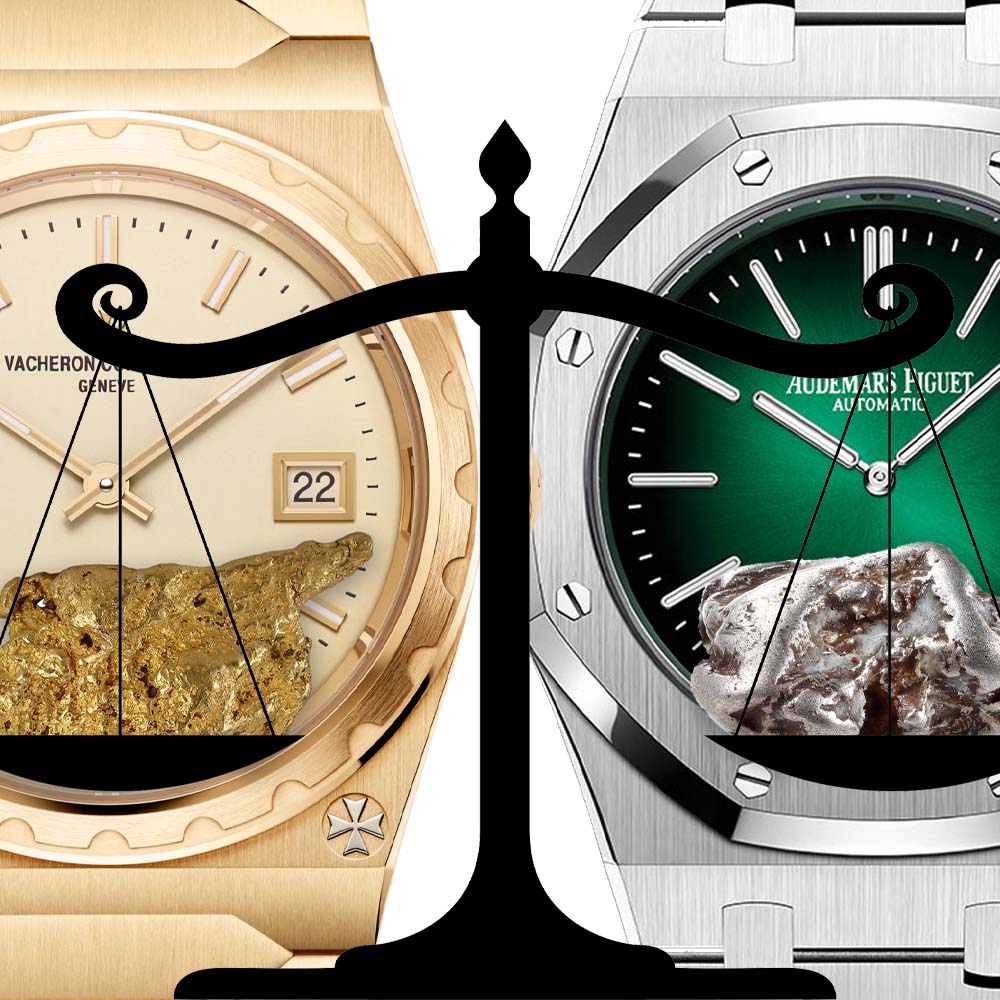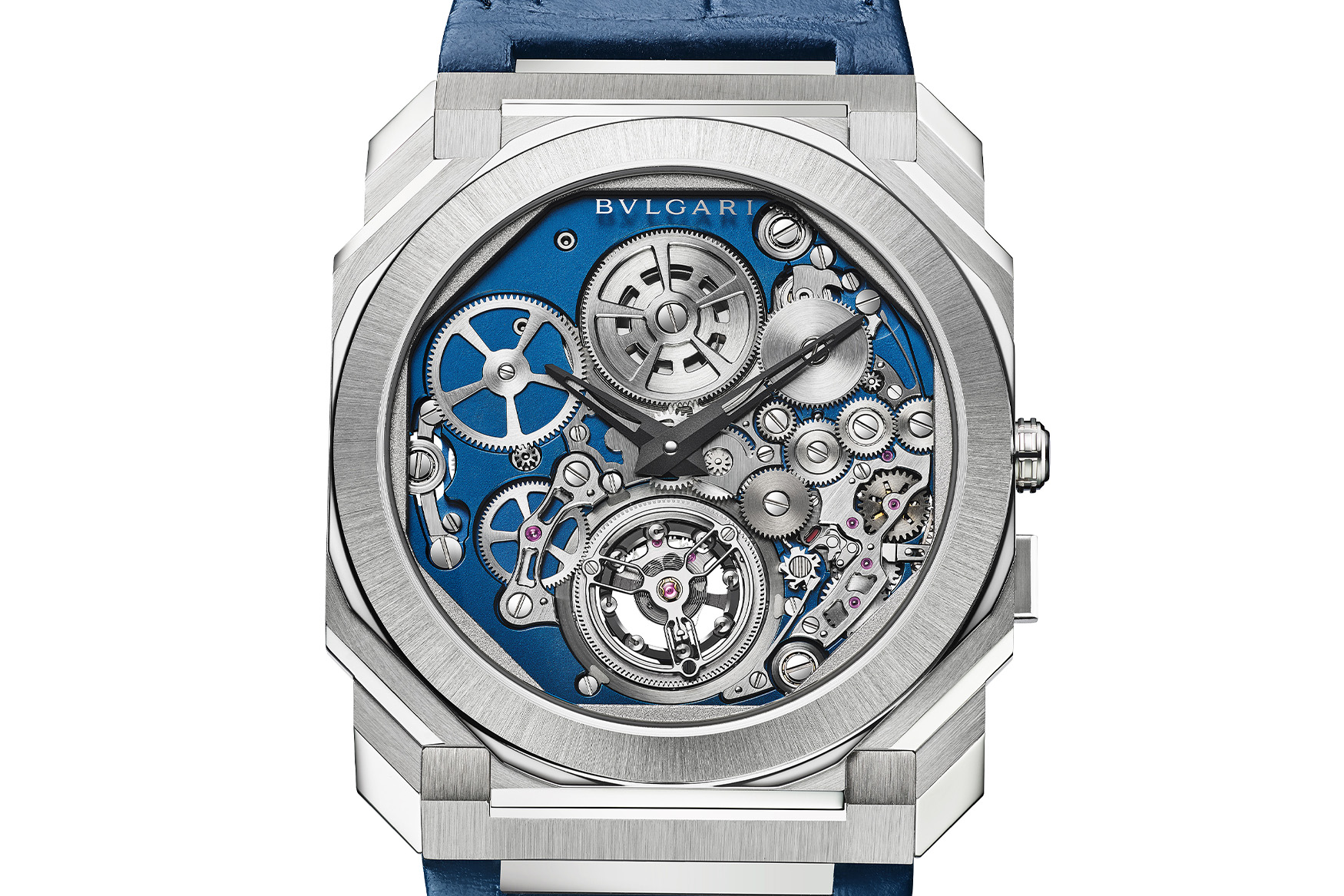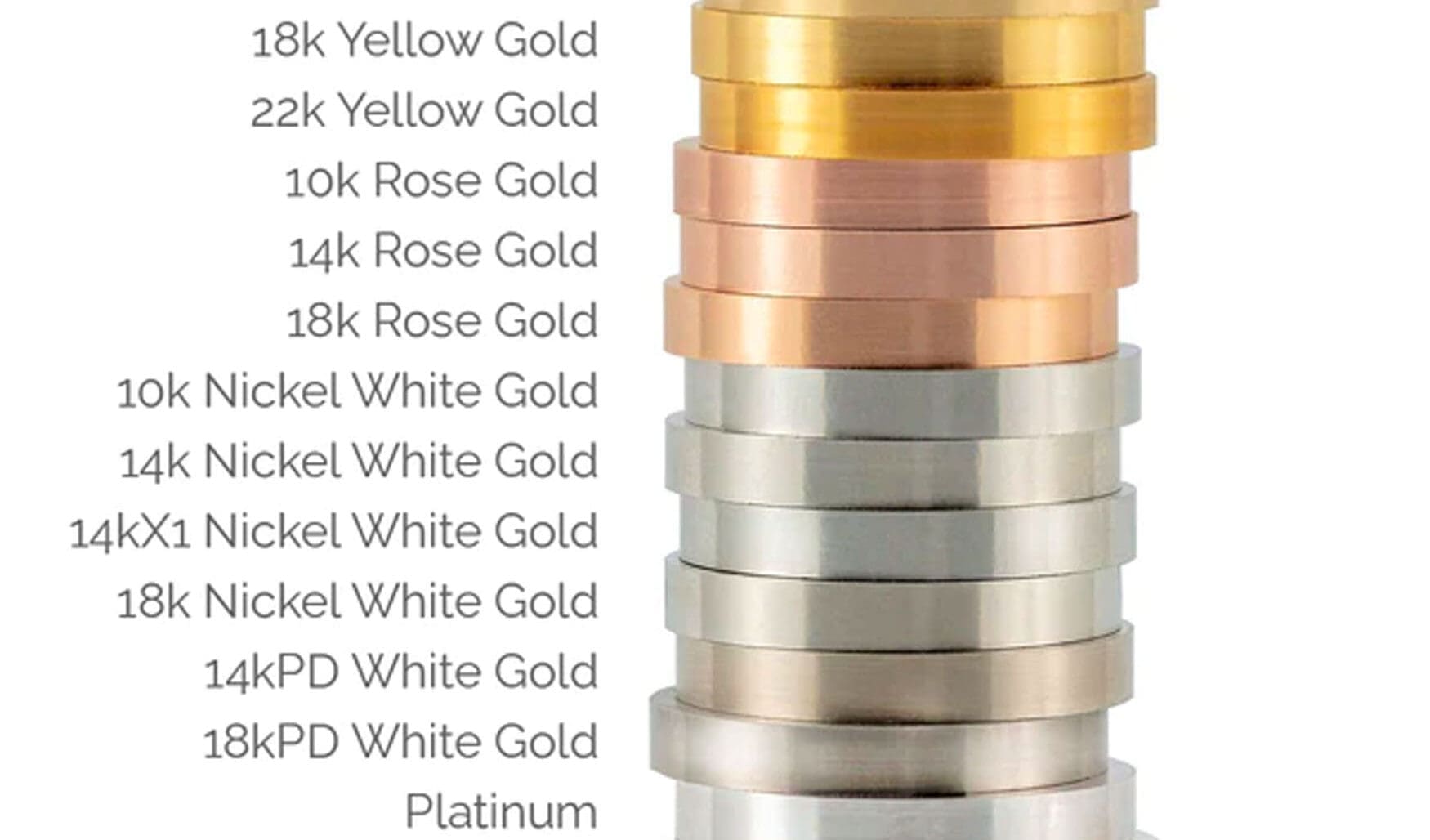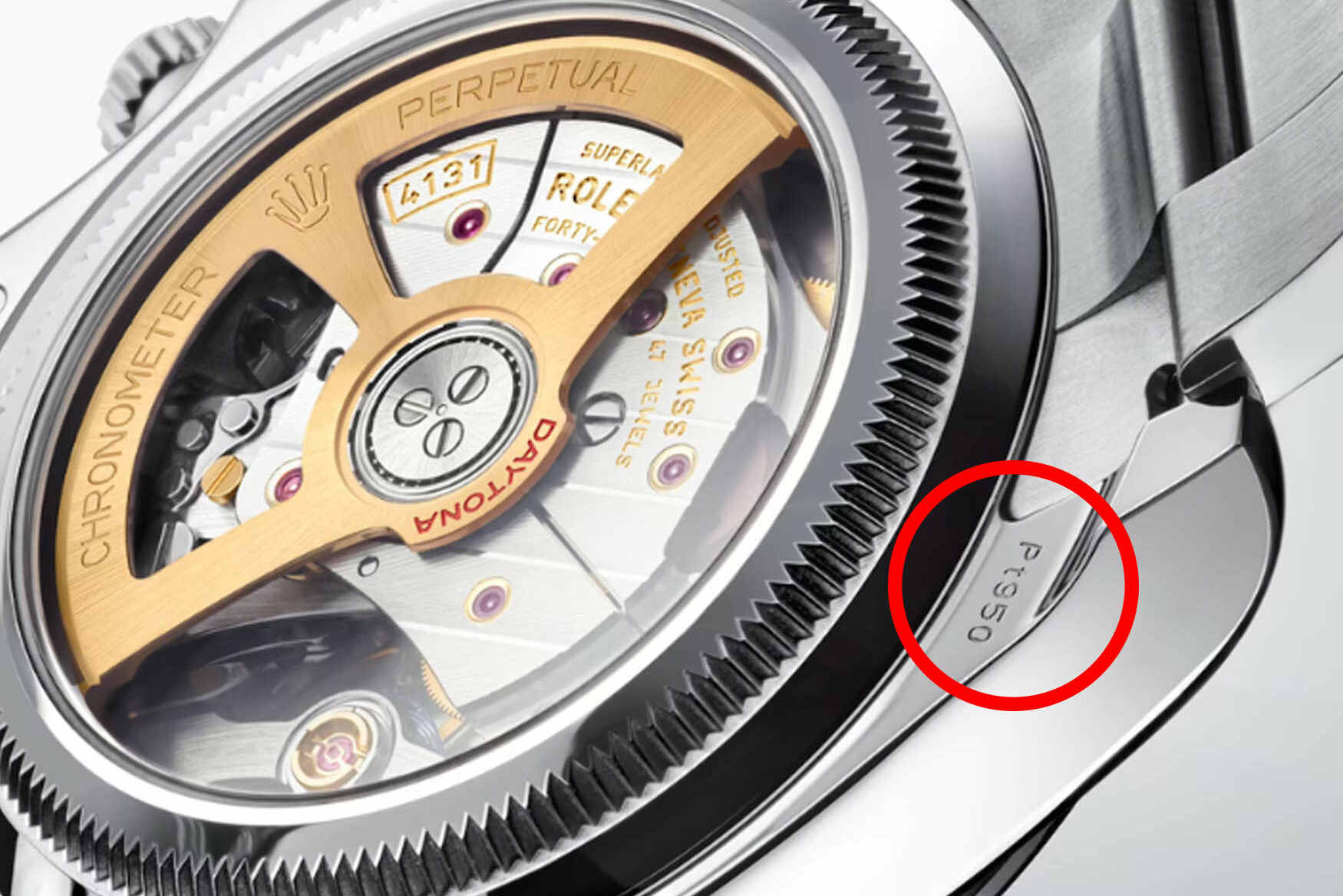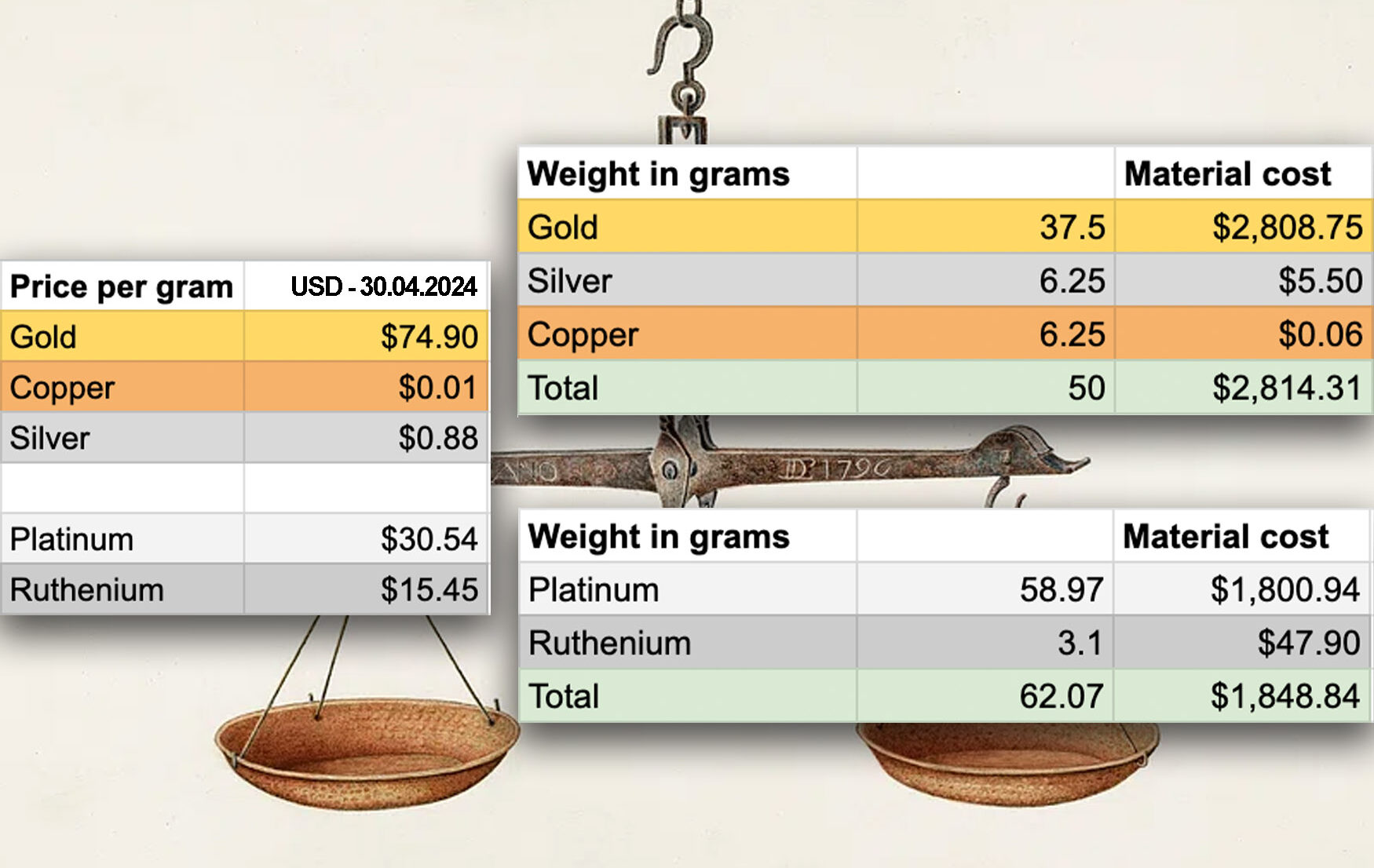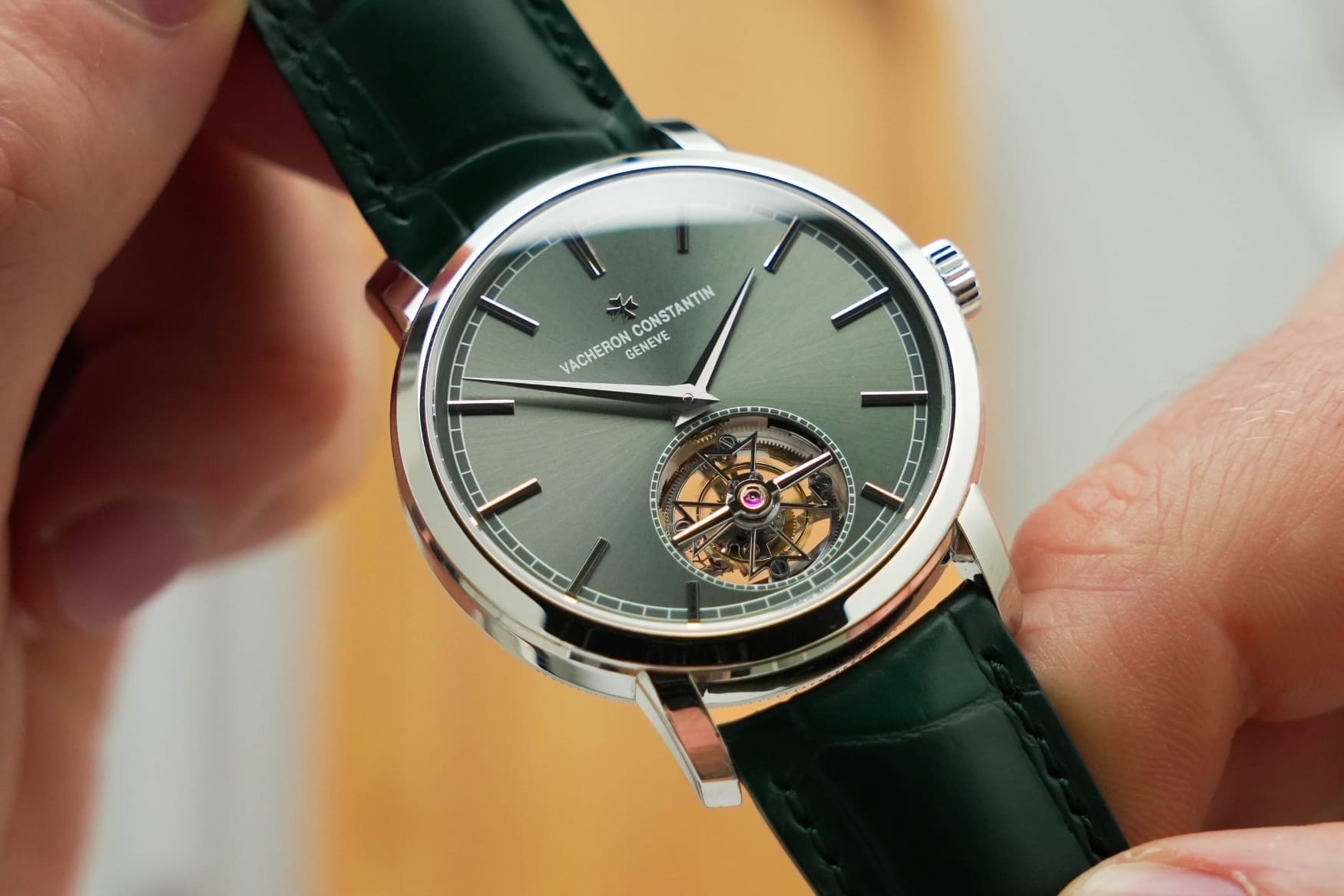Why are platinum watches more expensive than gold?
Buffy AcaciaThere’s definitely some kind of connection between gold and the human psyche, so when a material is deemed even more precious than gold, it really strikes a chord. However, ‘preciousness’ is not actually a determinable factor, and certainly not one which affects real-world dollars. In fact, most people are surprised to learn that in terms of raw materials, gold is far more expensive than platinum by weight. Some will try to explain it away with a few simple answers, but the truth is wrapped up in a whole bunch of contradicting facts.
Rarity
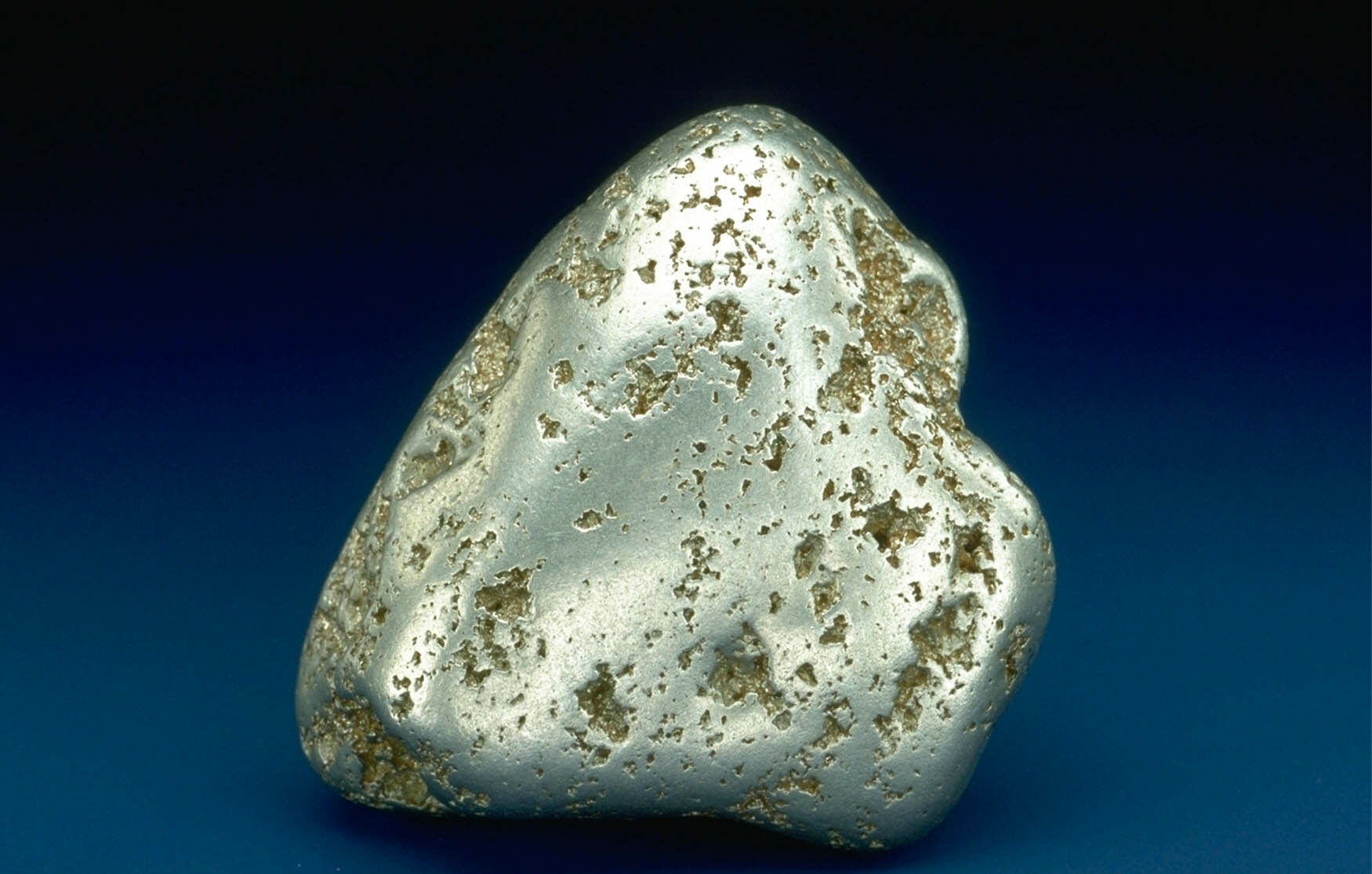
Believe it or not, the answer to which precious metal is rarer isn’t simple either. There are a few different factors, but the important ones in this instance are abundance and availability. Abundance refers to an element’s distribution in the Earth’s crust, and it’s measured as a hypothetical average. If you were to dig up an imaginary section of rock, the platinum content would be 0.005 parts per million, compared to gold’s 0.004ppm. Both are small numbers, but this exercise shows that elemental platinum is actually 25% more abundant than gold in nature. So, platinum is more common?
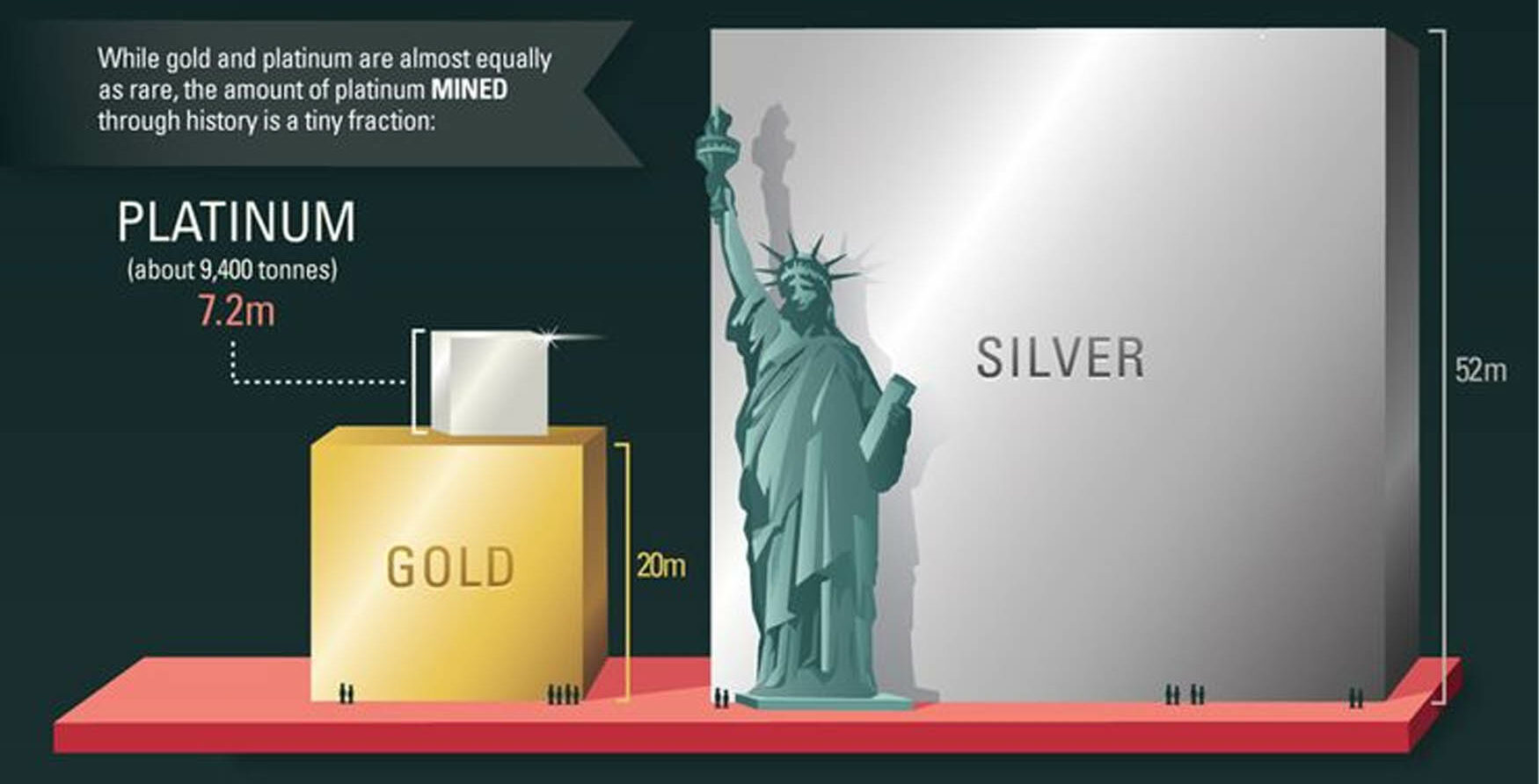
Well, no. Gold may be rare, but it’s vastly more important. Gold is the foundation of pretty much the entire world’s currencies, as well as being worn in jewellery, used in electronics, and hundreds of other uses. There’s a reason that there have been many significant gold rushes throughout history, but no such thing as a platinum rush. On average, there is about 18-20 times more gold mined per year than platinum due to its demand and versatility. Other than jewellery, which takes up about a third of the annual yield, most of the platinum goes towards automotive industries for making catalytic converters. Other uses include chemical refining, some electrical applications and medical industries, but generally there is much more gold available for making jewellery such as watches.
Density
Precious metals are priced by weight, which intrinsically tie their values to density. Platinum is the third densest metal below iridium and osmium, with a density of 21.45 grams per cubic centimetre. Gold is seventh on the list, at 19.32g/cm3. That’s an 11% difference. When you’re making a piece of jewellery which needs to conform to specific dimensions, such as a sized ring or a watch case, that means you would need 11% more platinum than gold by weight to make something of the same size. That still doesn’t cover why platinum jewellery is more expensive than gold though, considering that gold is more than twice the price of platinum as a material. For that, we need to address purity further.
Purity
So far we’ve been talking about gold and platinum in their purest forms, however pure precious metals generally aren’t ideal for wearing as jewellery. 24k gold and pure platinum are quite soft, and will wind up covered in scratches very quickly even if you avoid the worst-case scenario of them deforming. For that reason, they must be alloyed with other metals to ensure their durability. These days, the majority of gold watch cases are 18k gold, which means that it’s approximately 75% pure. That leaves 25% open for interpretation, and various “recipes” can be used to achieve different metal colours such as yellow, rose, or white gold. 14k and 9k are also quite common among vintage watches, however they fell out of fashion as the gap between luxury and affordable watches grew.
Platinum is also alloyed before being used in jewellery, but not quite to the same extent. The most common platinum alloy for watchmaking is Pt950, but Pt900 can be seen sometimes too. This rating refers to parts per thousand, essentially meaning 95% or 90% pure platinum by weight. The other metals used in platinum alloys are also generally much more expensive than the copper and silver most commonly used in gold alloys, such as ruthenium and iridium. That contributes to the overall end cost.
Workability
One of the simple answers you’ll hear when asking why platinum watches are more expensive is that it’s more difficult to work with. As a blanket statement, that is true, but again there are many considerations which muddy that argument. The first is that watch cases are machined and not cast, which is why the Pt950 blend with ruthenium is most often used. It’s one of the hardest platinum alloys at around 4.5 on the Mohs hardness scale, and while that makes it a nightmare for intricate handmade jewellery, it’s actually a lot more manageable when machining. Platinum has been described as “gummy” by jewellers, so hardness can actually help the metal be cut more cleanly and reduce the labour involved in cleaning it up later on. It’s definitely much less malleable than gold, but that can work to its advantage in the watch world.
That isn’t to say that platinum is easier than gold though, because gold is an extremely forgiving material. It bends, cuts, files, and polishes nicely, and that’s one of the reasons it has been favoured in jewellery for thousands of years. Platinum is also more easily contaminated, and you can’t use the same set of tools on platinum as you do gold. That introduces extra equipment costs along with the increased labour and skills required to tackle it. Platinum also calls for special polishing compounds because the Pt950 Ru blend is quite resistant to abrasion, which is what helps it retain its lustre in addition to the legendary corrosion resistance.
An exercise
Let’s do away with the theories and work it out gram for gram, dollar for dollar, with values rounded to the nearest hundredth for simplicity. The above charts catalogue the exact material costs of a hypothetical watch case with a volume of 2.96cm3. With a standard 18k yellow gold mix of gold, silver and copper, we wind up with a weight exactly 50 grams, and a density of 16.9 g/cm3. Given the 20.98 g/cm3 density of our Pt950 Ru alloy, we can extrapolate the total weight of 62.07 grams. We also know the recipes for our alloys, and from there we can figure out the exact cost of each of the metals, as they are at the time of writing. Clearly, even with platinum’s considerations of purity and density, gold is still wildly more expensive. Do the various production challenges of platinum really justify such a substantial premium? After all, if we’re talking about the US$8,900 price difference between the Rolex 1908 in yellow gold and platinum, it’s a lot of money to chalk up to being “harder to work with.” Are there any other factors at play?
Marketing

Like I said before, anything which can seem more precious than gold is bound to be exciting. So, jewellers and watchmakers have a vested interest in making cheaper metals seem more elusive, specialised, and valuable. As we’ve explored, there are legitimate reasons why a piece of platinum jewellery may be more expensive than a similar gold piece, however that’s much more valid in the realm of jewellery made by a person at a bench with hand tools. A watch case, even if it is hand-finished, isn’t subject to the same criteria because of the machining involved and the hardness of the oft-used Pt950 Ru alloy. Platinum has held its heightened identity since its refinement throughout the late 18th century, and the idea of its exclusivity is reinforced on a daily basis by “platinum” bank cards, rewards schemes, and album sales which are all deemed to be greater than the “gold” level. It sounds a little bit like a conspiracy when explained like that, but really it’s just solid marketing.
Benefits
There are definitely some genuine benefits to wearing platinum watches and jewellery. There is an argument to be made about stealth wealth, and that white metals are less likely to be stolen than yellow gold, but you can dismiss that with the existence of white gold alloys. The biggest benefit has to be the hardness, which rates at 4.5 on the Mohs hardness scale compared to the 2.8 rating of 18k gold. Overall, it will pick up fewer scratches in its lifetime, which will retain its lovely white lustre. The heft of the metal is hard to go past too, as weight is often linked with high quality and it just feels better on the wrist. Platinum is a very stable element, so tarnishing is extremely unlikely, but then again high-karat gold is also very unlikely to tarnish. Whether or not these benefits are worth the price hike is really a decision that you and your wallet will have to decide.




